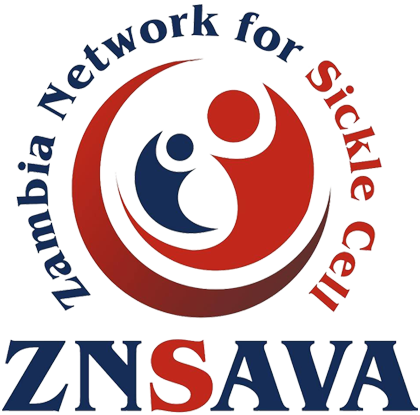Sickle cell disease (SCD) is a blood disorder that results from inheriting an abnormal hemoglobin from both parents. “We usually refer to people with SCD as warriors because they are fighters who never giver up”. Hemoglobin is a protein in red blood cells that carries oxygen throughout the body. With SCD, the hemoglobin forms into stiff rods within the red blood cells. This changes the shape of the red blood cells. The cells are supposed to be disc-shaped, but this changes them into a crescent, or sickle, shape.
The sickle-shaped cells are not flexible and cannot change shape easily. Many of them burst apart as they move through the blood vessels. The sickle cells usually only last 10 to 20 days, instead of the normal 90 to 120 days. The body may have trouble making enough new cells to replace the ones that a patient lost. Because of this, one may not have enough red blood cells. This is a condition called anemia, and it can make the warrior feel tired.
The sickle-shaped cells can also stick to vessel walls, causing a blockage that slows or stops the flow of blood. When this happens, oxygen can’t reach nearby tissues.
SCD is the most common genetic diseases in Zambia. The clinical manifestations include recurrent acute and debilitating painful crises, life-threatening pulmonary, cardiovascular, renal, and neurologic complications.




